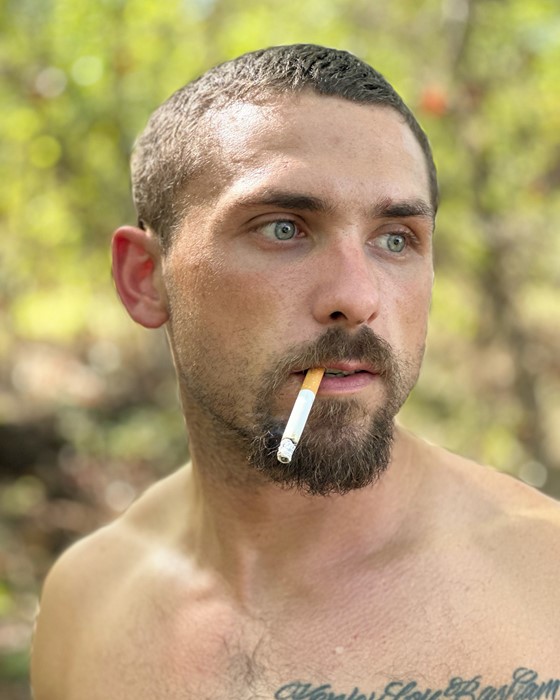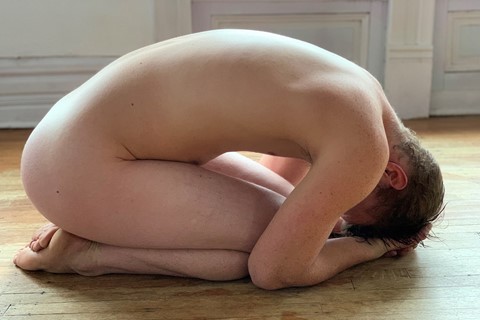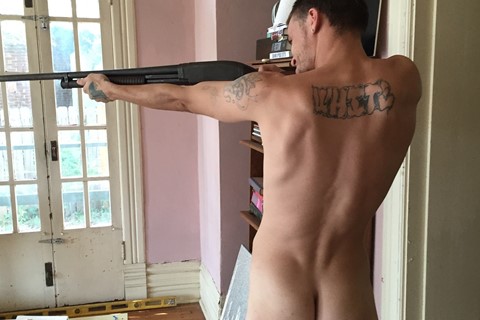“The images are about this serious complication in our society about masculinity,” says Chivas Clem of his new exhibition, which captures men in Paris, Texas with a homoerotic gaze
It was the early 2000s when Chivas Clem saw it all. New York’s SoHo district was experiencing a whirlwind of cultural highs and lows, with Clem part of a circle of artists including Dash Snow, Ryan McGinley, Banks Violette and Keith Mayerson, who defined Generation X with transgressive pop and street life-infused practices. Drugs, however, demanded a hefty portion of their creative sensibilities, and many eventually succumbed to its addiction.
Clem witnessed his peers and therapist die and made the decision to survive. In 2011, he packed everything to move back home to Texas. The 53-year-old’s most ambitious body of work today features around 100,000 images of southern American young men posing effortlessly to his camera. 74 of the naturally-lit, candidly-posed images are now the subject of Dallas Contemporary’s new exhibition, Shirttail Kin. In them, a bunch of early twenty-somethings, mostly nude, drift with what life brings – they linger, bathe, clutch bouquets, eat a piece of food, and soak in the sun. Clem captures most models in his six-bedroom Victorian-style house in the sleepy town of Paris by the Oklahoma border. In fact, a third of his models are from the neighbouring state, which notoriously holds the country’s politically most conservative demographic.
After a suite of intense New York years, which included an editorial gig in Artforum and running his own Midtown gallery gallery The Fifth International on top of a bordello, Clem was drawn to the turbulent simplicity with which his subjects hold onto life’s ups and downs. He came to Texas with the plan of returning to New York once he was clean. “In the end, I was never interested in moving back,” he says. “People are intrigued by the relationship between these straight redneck men and a gay photographer, but in fact, a lot of them respond to the camera like professionals.”
Clem – who first started with photographing abandoned houses around Paris – turned his lens to a community often labelled as rednecks partially by chance and somewhat by curiosity. “I have a certain kind of intimacy that they may not be able to share with others,” Clem tells AnOther. “I wouldn’t say I am their therapist but there is a therapeutic element to the process.”
Below, in his own words, Chivas Clem tells the story behind Shirttail Kin.
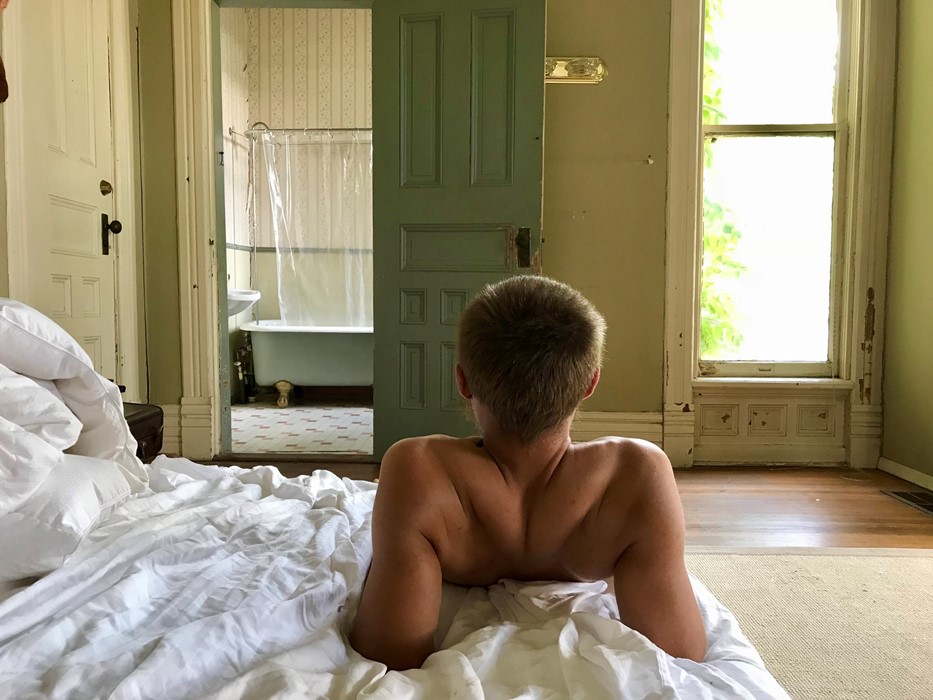
“When I lived in New York, I was very interested in psychoanalysis and Lacan. I made a video work in 1996 called Mommy, Daddy, Me which showed my mother and I, nude from the waist, kissing on a field while my father filmed us. This was a recreation of my Oedipus complex with my dad as the photographer. This piece got me into the Whitney Independent Study program the same year and eventually, the Pompidou acquired it. I later made similar short films that had to do with psychoanalysis and the body, such as Desperate to Appear Sophisticated which showed me vomiting glitter into the camera in slow motion.
“Around my first show with Maccarone Gallery in 2004, I became interested in photography. I loved Larry Clark and Nan Goldin. I was taking pictures of things that were loaded in political ways. For example, there was a famous picture of Andrew Cunanan’s bedside which was filled with art history books. I found the original image from the police department and re-photographed the detail in 2003. I did the same for [Andy] Warhol’s image of OJ Simpson. I’ve always been interested in the interaction of crime and art. When I moved to Texas, I began collecting pictures of rednecks with the intention of showing them as posters.
“Right after my move, I was driving to my studio when I saw this young man on the side of the road in perfect white jeans, a sleeveless white shirt, and a baseball cap. He had headphones on and it felt like his body was moving to the rhythm of whatever he was listening, like [John] Travolta in Saturday Night Fever. I had to get this guy into my studio. He became my first model.

“I sourced the others through a decrepit bookstore run by an eccentric old man. He had a coterie of beautiful young rednecks that would hang out at his shop on hot days and drink his soda. As a frequent shopper at his store, I was eventually introduced to a few who came over to help me out at the studio. They were never helpful – I could not get them to do anything – but they did start sitting for me. They ended up coming to just sit around, smoke cigarettes, and take a bath. The process made me think of Warhol’s screen tests. I set some music and had them perform little acts. I realised some of them were very charismatic and magnetic in front of the camera.
“I tend to use the [same] models over and over again. Some hitchhikers and drifters do leave and I shoot them as they come along. I love to work with the same people. The first guy I photographed had a feral magnetism. He now lives in Dallas, but I am still in touch with him.
“The models know this is a job that pays, which is a part of the interaction. A lot of them are not really homophobic. I established a certain rapport with them, a certain form of trust which lets them have their guard down. If they were born in other circumstances, many would have probably gone to acting schools or become professional models. They have the chops but most of them were kicked out of the house and lived on the streets – some of them have been in and out of prison. I have been able to make them seen in the right way.
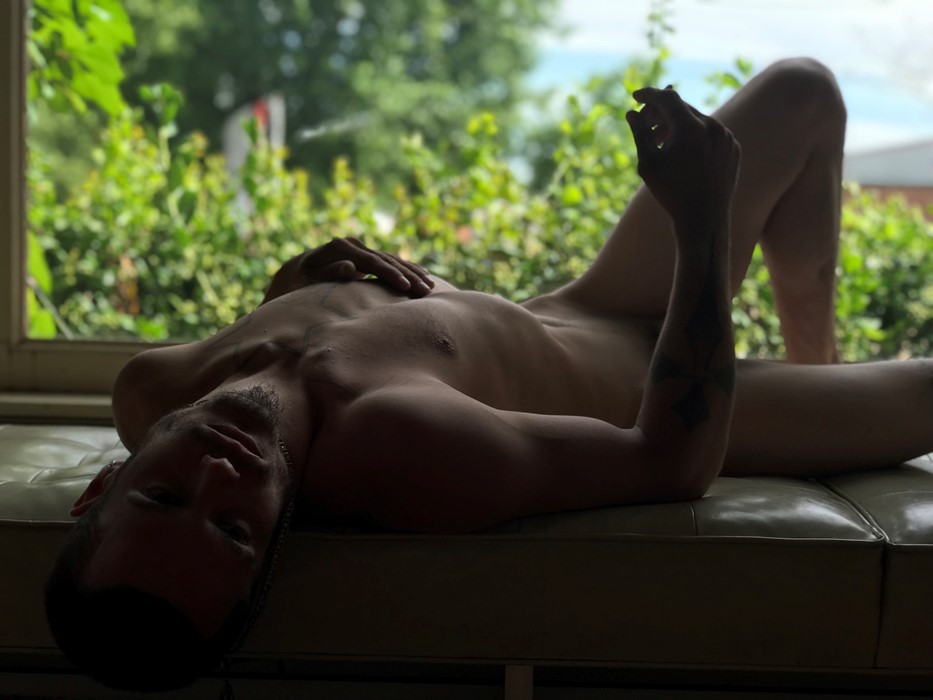
“The work does relate to what is happening now culturally with Trump and the country becoming conservative. But these people don’t have the power to drive the force behind this shift – a bunch of rich people are drumming up the change.
“This milieu came out organically, partially from my interest in discovering the redneck as another form of ‘the other’ in society, another form of [the] extreme. And it is a group that not many people are thinking about because of the way a certain type of redneck-ism is tied to fascism in America. The work has a strong homoeroticism but also carries a poignant vulnerability. Some are confused by my decision to photograph people who might be homophobic or transphobic, but we don’t really know what goes on in their lives. The images are about this serious complication in our society about masculinity. I think my models are much more free than many may think they are.”
Shirttail Kin by Chivas Clem is on show at Dallas Contemporary in Dallas until 12 January 2025.
